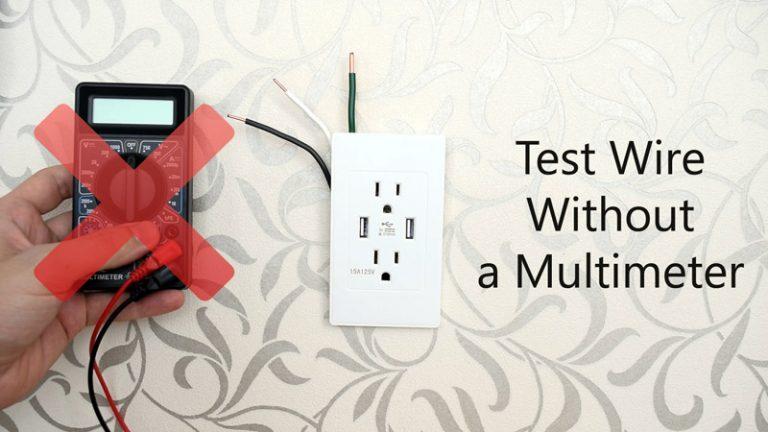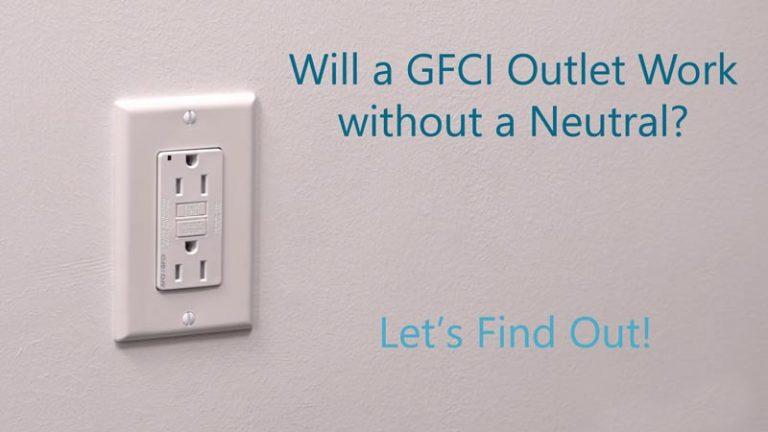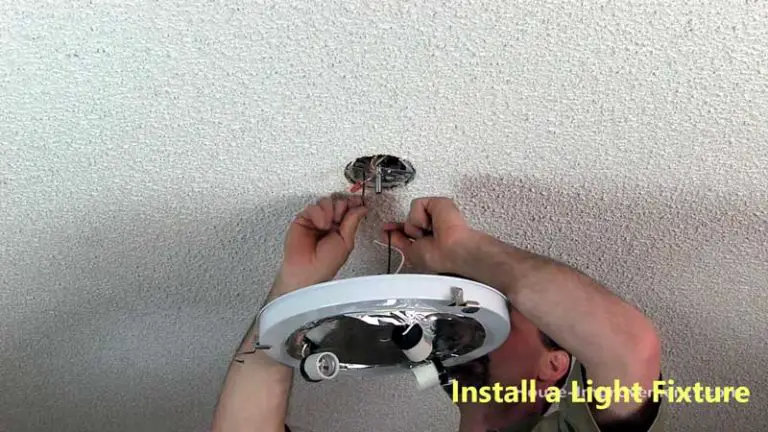Project Farm Hoses: The Shocking Truth About Hose Durability
A kinking, leaking, or bursting garden hose can quickly turn a simple watering task into a frustrating ordeal. Many homeowners find themselves replacing hoses year after year, wondering if a truly durable option even exists. This constant cycle of buying and replacing isn’t just an inconvenience; it’s a drain on both time and money.
The core of the problem lies in materials and construction. Hoses are often subjected to harsh conditions: intense sun exposure, being dragged across abrasive surfaces, and fluctuating water pressure. Without the right design and materials, failure is inevitable. This is where rigorous, unbiased testing becomes invaluable for any consumer.
You'll Learn About
Decoding Durability: What Project Farm Tests Reveal
The “Project Farm” YouTube channel is renowned for its exhaustive, data-driven tests on a wide array of products, and their garden hose comparisons are no exception. Instead of relying on marketing claims, these tests simulate real-world (and often extreme) conditions to see which hoses genuinely stand up to abuse. Key performance metrics provide a clear picture of what makes a hose last.
These tests typically include evaluations of kink resistance, puncture strength, burst pressure, and the durability of the hose ends or couplings. By subjecting various brands like Flexzilla, Zero G, Bionic Steel, and traditional rubber hoses to identical trials, viewers can see a direct comparison of how each one performs under stress. For instance, kink resistance is tested by coiling the pressurized hose and observing how many kinks remain when pulled tight, a common frustration for any user.
The Critical Failure Point: Hose Ends and Couplings
One of the most common points of failure for any garden hose is the coupling—the metal or plastic fitting at the end. These fittings endure constant connecting and disconnecting, being dropped on hard surfaces, and even being run over. A leak at the spigot or nozzle connection can render an otherwise good hose useless.
Project Farm’s tests often include a “hose end strength” test, measuring the amount of force required to pull the end off the hose. Results have shown that flat or expandable hoses sometimes have surprisingly strong fittings, outperforming some traditional heavy-duty options. The material of the coupling is also crucial; brass fittings are generally more durable and less prone to corrosion than aluminum or plastic, though high-quality anodized aluminum can also be very robust.
The Great Debate: Rubber vs. Hybrid vs. Expandable Hoses
Choosing the right hose often comes down to understanding the trade-offs between different materials and types. There is no single “best” hose for every situation; the ideal choice depends on your specific needs, from watering delicate plants to more demanding tasks.
Traditional rubber hoses are known for their durability and high water flow. They are generally more resistant to punctures and abrasion. However, they are also the heaviest and can be cumbersome to move and store, which might be a significant drawback for some users. If you have experienced water seeping near your foundation, ensuring a reliable hose that won’t unexpectedly burst is paramount.

Hybrid and Lightweight Options: A Balance of Power and Portability
In recent years, hybrid polymer hoses like the popular Flexzilla have gained a significant market share. These hoses aim to offer the best of both worlds: they are more flexible and significantly lighter than traditional rubber hoses while still providing good durability. Their kink resistance under pressure is often a major selling point.
Other lightweight designs, such as the Zero-G, use a flat, woven-fiber exterior over a durable inner tube. These hoses are incredibly light and easy to drag across a lawn. They also excel in kink resistance tests. The primary trade-off is often a slightly lower water flow rate compared to a large-diameter rubber hose and potential vulnerability to punctures from sharp objects.
The Convenience and Compromise of Expandable Hoses
Expandable hoses offer unmatched convenience in terms of weight and storage. They shrink down to a fraction of their full length when not pressurized, making them incredibly easy to handle. However, this convenience often comes at the cost of durability and water flow.
The inner latex or TPC tube of an expandable hose is susceptible to punctures, and the outer fabric sleeve can snag on rough surfaces. While they are great for light-duty tasks like watering patio plants, they are generally not recommended for heavy-duty use or for running sprinklers that require higher water volume.
Key Performance Metrics Summarized
To make an informed decision, it’s helpful to see a direct comparison of how different hose types generally perform across key metrics evaluated in tests like those conducted by Project Farm. This allows you to prioritize the features that matter most to you, whether it’s raw strength, ease of use, or water flow.
The table below provides a simplified overview of the typical strengths and weaknesses of major hose categories based on performance testing data. Consider how you will use the hose most often to determine which trade-offs you are willing to make.
| Hose Type | Kink Resistance | Weight | Water Flow Rate | Puncture Resistance | Coupling Strength |
|---|---|---|---|---|---|
| Traditional Rubber | Good | Heavy | Excellent | Excellent | Good to Excellent |
| Hybrid Polymer (e.g., Flexzilla) | Very Good | Light | Very Good | Good | Good |
| Lightweight Flat (e.g., Zero G) | Excellent | Very Light | Good | Fair | Very Good to Excellent |
| Expandable | Excellent | Extremely Light | Fair to Good | Poor | Fair to Good |
| Metal (e.g., Bionic Steel) | Excellent | Light | Good | Excellent (Body) | Fair |
Beyond the Hose: The Importance of Proper Care and Storage
Even the most durable hose can have its lifespan cut short by improper use and storage. Following a few simple best practices can dramatically extend the life of your investment and prevent common problems before they start.
One of the most critical habits is to release the pressure after each use. Leaving a hose pressurized in the sun can cause the materials to degrade and expand, significantly increasing the risk of a blowout. This is especially important for expandable hoses. Just as you wouldn’t leave a light switch always on, you shouldn’t leave your hose constantly pressurized.
Best Practices for Hose Longevity
Proper storage is equally important. Avoid tightly coiling the hose, which can lead to permanent kinks and weak spots over time. Using a hose reel is the best way to ensure loose, even coils. Storing the hose out of direct sunlight, such as in a garage or shed, will protect it from UV degradation, which makes the material brittle and prone to cracking.
Before winter, it is crucial to drain all water from the hose completely. Any water left inside can freeze and expand, causing cracks and splits in the hose material or fittings. This simple step can be the difference between a hose that lasts one season and one that lasts for many years.
Making the Right Choice for Your Yard
Ultimately, the “best” garden hose is the one that aligns with your specific needs and usage patterns. If you require maximum water flow for sprinklers or pressure washing and durability is your top priority, a heavy-duty rubber hose is likely the best choice. These hoses are built to withstand tough conditions and deliver high performance.
For the average homeowner who values a balance of performance and ease of use, a hybrid polymer or lightweight flat hose offers a compelling package. They are much easier to maneuver around the yard and store, while still offering good durability and water flow for most common tasks. The significant weight reduction is often a deciding factor for those with larger properties. Much like a faulty washing machine check valve can cause chaos indoors, the right hose can bring order to your outdoor chores.
Final Considerations Before You Buy
Before making a final decision, consider the length and diameter you need. A longer hose results in lower water pressure at the nozzle, so only buy the length you truly require. A 5/8-inch diameter is standard for most residential uses, providing a good balance of water flow and pressure. For more demanding applications, a 3/4-inch hose will deliver more water.
By leveraging the data from comprehensive tests like those from Project Farm and understanding the trade-offs between different hose types, you can break the cycle of annual replacements. Investing in a quality hose that fits your needs and caring for it properly will ensure you have a reliable tool for keeping your yard and garden healthy for years to come.



